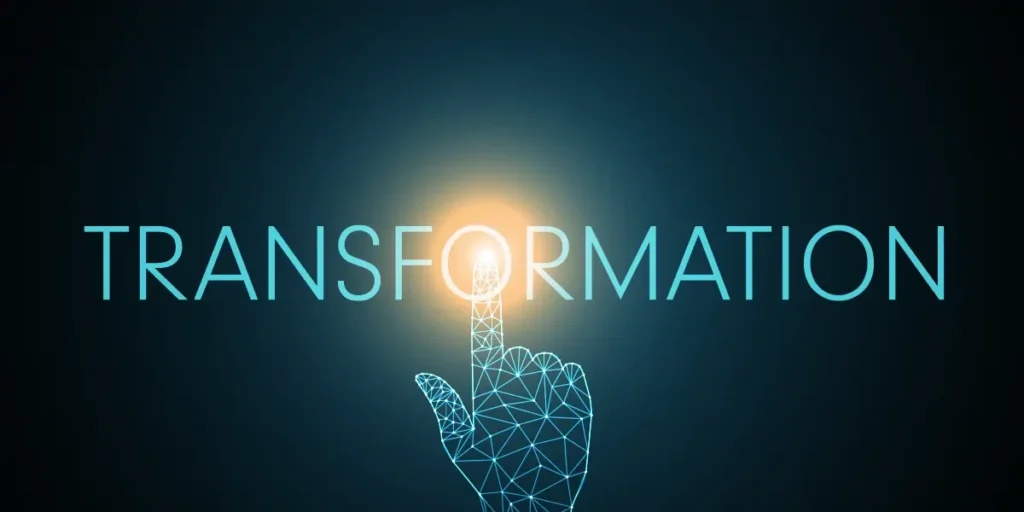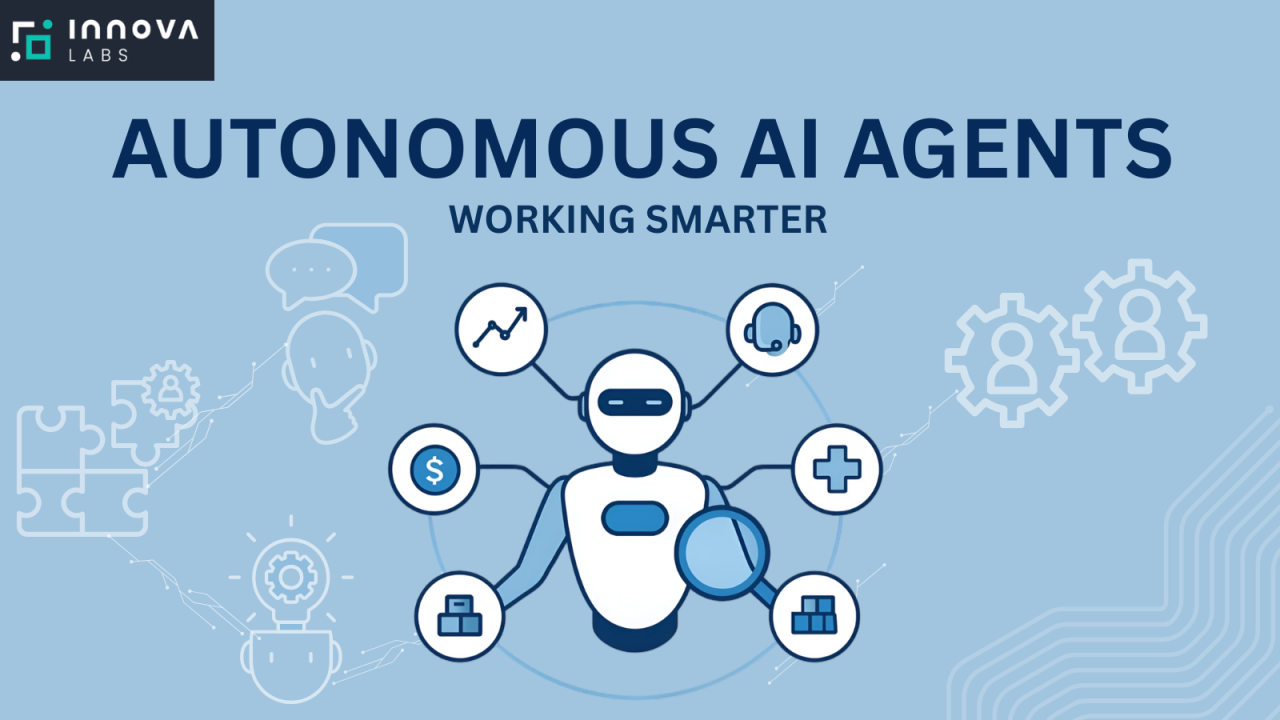Australia’s biggest bank decides not to replace jobs with AI — what happened and why it matters
In a rare public reversal that highlights how messy the intersection of automation, labour relations and public trust can be, the Commonwealth Bank of Australia (CBA) — the country’s largest lender — has decided to backtrack on a recent move to replace a small group of frontline roles with AI-driven systems. The reversal followed rapid union pushback, scrutiny from workplace authorities, mounting media coverage and distressing personal stories from affected employees. The episode is a timely reminder that deploying powerful automation in customer-facing parts of the economy is not just a technical exercise: it’s a social, legal and reputational one too. ReutersABC
The short version (quick timeline)
-
Late July 2025: CBA announced it would cut around 45 customer service roles as part of an efficiency drive tied to new AI tools (including a voice-bot). The decision drew immediate criticism from the Finance Sector Union and the public. Reuters
-
Weeks after the announcement: The union escalated the issue, citing lack of transparency about call volumes and the impact of the technology on job outcomes. Media reported individual employees who found themselves replaced after participating in training/testing the new systems. The Times of IndiaYahoo Finance
-
Mid-to-late August 2025: Facing union pressure and scrutiny from workplace authorities and media, CBA apologised and reversed the decision to push those roles out, saying it had “made an error” and would retain the affected positions. The bank committed to reviewing how it rolled out the technology. ABCBloomberg.com
What exactly did CBA propose — and why the backlash?
According to reporting at the time, CBA introduced an AI-powered voice-bot intended to handle routine customer enquiries. The bank said the technology had reduced some call volumes — a typical benefit companies cite when justifying automation — and initially moved to eliminate a tranche of customer-support roles on that basis. ReutersThe Times of India
The backlash had several clear drivers:
-
Transparency and accuracy questions. Unions argued the bank’s figures on call reductions and productivity gains weren’t transparent or didn’t reflect the real workload. In some teams, human agents were reportedly handling surges in demand and working overtime even after the bot’s rollout. That raised concerns that the bank had misread the technology’s actual impact. The Times of India
-
Worker treatment and process. The union and media coverage suggested staff felt blindsided — some employees reported being involved in training the bot and then losing jobs, which provoked strong emotional and ethical concerns. Cases like these quickly become potent symbols: it’s not just numbers on a spreadsheet, it’s people’s livelihoods. Yahoo FinanceNews.com.au
-
Regulatory and reputational risk. With public sensitivity around AI high, any sign that a major bank is offloading frontline human contact to opaque systems risks regulatory scrutiny (workplace tribunals, consumer protection reviews) and reputational damage that can outweigh short-term cost savings. The union moved fast — and that made the dispute more public. ReutersABC
The human story: a reminder that numbers hide people
Journalistic reporting following the announcement surfaced painful individual stories — for example, long-serving staff members who said they had helped test or train the bank’s chatbot only to find their roles redundant shortly afterwards. Those personal accounts fuelled public outrage and made a policy conflict into a human one. Even for readers who don’t usually follow labour disputes, the image of frontline workers being “replaced” by something they helped to build is visceral. Yahoo FinanceNews.com.au
Beyond the headlines, the more subtle but important question is: how many tasks within a role were actually automated versus augmented? In many cases, AI replaces particular tasks (for example, routine data lookups or first-pass responses) rather than full occupations — but when firms treat role-level decisions as automated outcomes, workers and unions perceive a much more existential threat. That perception alone can make a small redundancy escalate into a major industrial conflict. Reuters
Why the bank’s U-turn matters (beyond CBA)
-
It sets a precedent for other big employers. When the largest bank in a country reverses course after criticism, it signals to other employers and technology teams that aggressive, opaque automation programs are politically risky and may invite regulatory pushback. That changes the incentive calculus for rushed layoffs driven by short-term efficiency targets. ABC
-
Union leverage and workplace law still matter. The episode shows unions and workplace tribunals remain powerful actors in shaping the rollout of workplace technology. Where employees are organised and the law provides pathways to contest dismissals, companies must factor this into deployment plans. ReutersABC
-
Customer experience can trump cost-saving in public view. Banks trade on trust. When customers perceive service quality dropping because of poorly implemented automation, reputational costs — and even regulatory scrutiny — can erode any efficiency gains. The CBA episode underlines that automation must demonstrably protect or improve customer outcomes, not just reduce headcount. ABC
-
It reframes the ‘AI will kill jobs’ narrative into a more nuanced reality. The public debate often flips between two extremes — total replacement or no change — but the truth is usually hybrid: task-level automation combined with redeployment, role redesign and new kinds of human work. High-profile reversals make that nuance part of the mainstream conversation. Reuters
The broader industry picture: mixed signals
While CBA backtracked, the banking sector overall is still pushing into AI — though not always in the same way. Some lenders are hiring to expand advisory services even as they adopt automation for routine processes. For example, other major Australian banks are investing in AI for fraud detection, customer insights and operational efficiency — and some are even increasing headcount in growth areas such as business lending teams while automating repetitive tasks. The result is a complex mix of job creation, role change, and task displacement across the sector. Bloomberg.comAInvest
Industry analysts have also warned of large-scale job shifts in finance globally, even if the timing and scale are uncertain. That creates a backdrop in which individual employer decisions — whether to automate or to retain staff — are scrutinised for their fairness, transparency and longer-term social impact. Staffing Industry
What the CBA episode teaches technologists and managers
If you’re on the team building or deciding about AI deployment, this case offers concrete lessons:
-
Do the social impact assessment before you announce cuts. Quantify not just efficiency gains but the potential human, legal and reputational costs. Model scenarios where the automation underperforms or where customer demand increases. (CBA’s reversal suggests they underestimated downstream effects.) ABC
-
Be transparent with employees and unions. Early, clear communication about what the technology is intended to do, what metrics will determine role changes, and how redeployment/reskilling will be handled reduces mistrust. The biggest blowback in this case came from perceived surprise and lack of disclosure. Reuters
-
Make humans the default escalation channel in customer-facing systems. Customers want a reliable path back to a human agent when automation fails. Demonstrating that your design prioritises customer outcomes reinforces the case that AI is augmenting, not merely replacing. ABC
-
Pilot, measure, iterate — and don’t rush to role-level decisions. Technology pilots should run long enough to capture edge-case workloads and seasonal spikes. If a pilot shows initial call reductions but fails during peak times, role eliminations based on the pilot will look premature. The Times of India
What regulators, unions and policymakers should watch
-
Regulatory guidance on automated decision-making and workplace change. Clear rules or principles about the disclosure of workload metrics, customer-impact testing, and employee consultation could reduce adversarial disputes while making automation rollout safer for consumers and workers. ABC
-
Standards for ‘voice-bot’ and customer-facing AI performance. Governments or industry bodies could require minimum standards for handover times, error rates and customer satisfaction before role reductions are made on that basis.
-
Funding for reskilling and transition support. Where automation is inevitable, well-designed transition programs funded by employers — or co-funded by industry and government — can reduce the social cost of change.
A pragmatic middle path: augmentation, not annihilation
The best outcomes often come when organisations treat AI as a tool that augments human capability rather than a substitute for every human touchpoint. Banks can use AI to automate rote tasks, surface insights more quickly, and empower staff to handle higher-value work: complex problem solving, relationship management and advisory services. Where this is done transparently, with genuine investment in redeployment and retraining, the social frictions are far lower.
CBA’s reversal doesn’t mean banks won’t or shouldn’t use AI. It means that how they use it — and how they manage the transition for workers and customers — matters enormously. The optics, the processes, and the protections around any automation program are now as important as the underlying code. ReutersABC
Final thoughts — what to expect next
Expect three things in the near term:
-
More cautious rollouts. Large firms will likely slow headline-grabbing role eliminations tied to AI and invest more in consultation and piloting. ABC
-
Stronger union and tribunal engagement. Where workers are represented, disputes will be contested more quickly and publicly. Reuters
-
A sharper public debate around ‘who benefits’. If customers don’t experience clear improvements, or if workers bear the costs, regulators and the electorate will demand answers — and companies will have to show the social case for automation. The Times of IndiaStaffing Industry
Sources and further reading (selected)
-
Reuters — “Australian lender CBA to cut 45 jobs in AI shift, draws union backlash.” Reuters
-
ABC News (Australia) — report on CBA backtracking and apology. ABC
-
Bloomberg — coverage of the reversal and the bank’s statements. Bloomberg.com
-
Times of India — summary of the reversal and union involvement. The Times of India
-
Yahoo Finance / news reporting on individual worker experiences after chatbot introduction. Yahoo Finance
https://bitsofall.com/https-yourblog-com-google-gemini-models-flagged-for-safety-concerns/
https://bitsofall.com/https-yourblog-com-anthropic-1-5-billion-settlement-ai-training-data/
OpenAI is launching an “AI-first” jobs platform — what that means (and why it matters)







